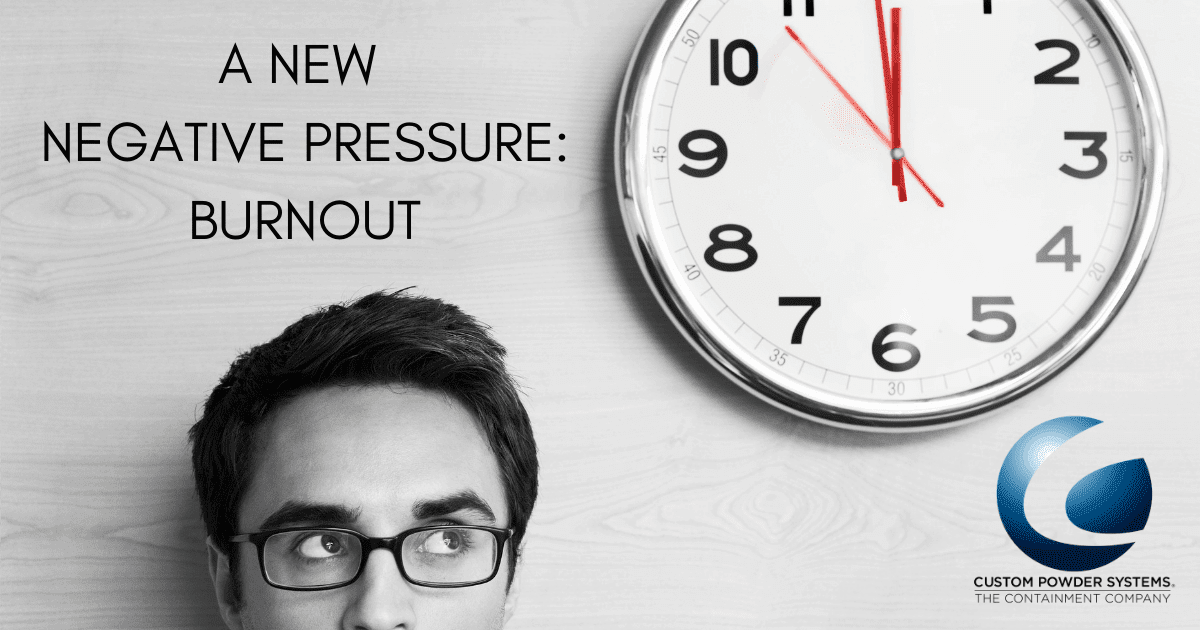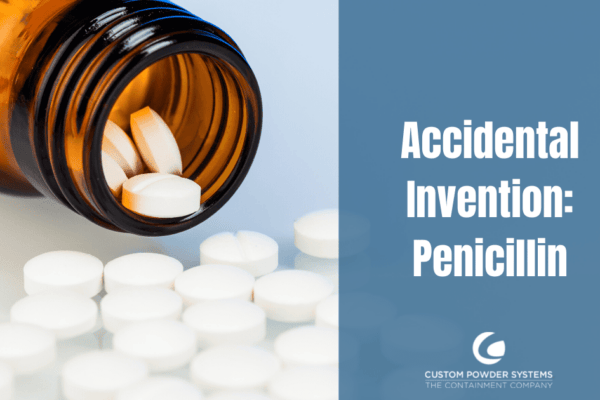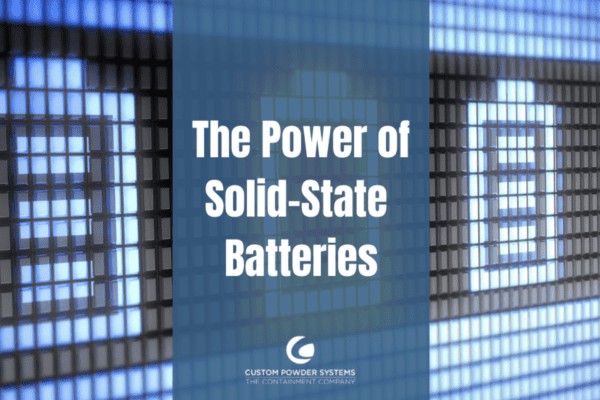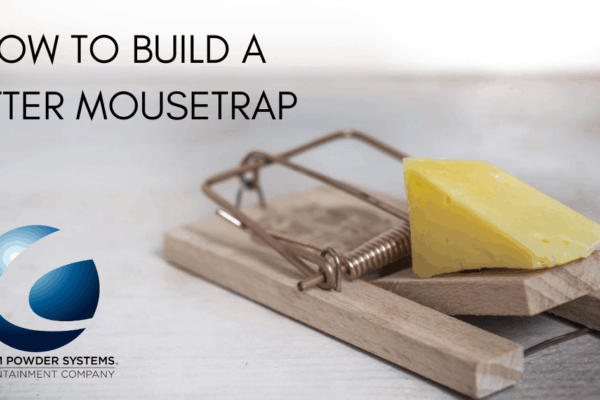As we continue to develop our reputation for aseptic isolation, we’ve learned a thing or two about containing negative pressure… and its many forms. In our shop, we use this focus as a regular reminder to consider and address the other kind of negative pressure: Stress and frustration and, specifically today, burnout: the negative pressure most recently featured in the news.
The World Health Organization is updating its definition of burnout and adding it to the ICD-11, which classifies diseases. While the new definition of burnout will be known as a syndrome, it ties burnout to negative pressures such as “chronic workplace stress that has not been successfully managed.”
If you’ve been feeling exhausted at work lately, or detached from your daily tasks, it’s time to look at burnout as the cause.
The subject of burnout gets discussed at length in certain fields – healthcare, teachers, and police officers all come to mind. But it should come as no surprise that engineers, workers, and even support staff run the risk of burnout as well.
CNBC points out that 67 percent of full-time employees felt at least some type of burnout. Those feelings come with real-world consequences as well. Burnout has been attributed to diabetes, heart disease, GI issues, and even early death.
There are symptoms that employers need to watch out for as well. Negativity, cynicism, and reduced efficacy can impact a company’s moral and its bottom line when there’s increased use of sick time.
The best time for a burnout intervention is before it happens. EngineeringJobs.com lays out seven acts that can keep you fresh and excited about your job. The article is interesting in that it points out wider options than the standard “take a break” or “use your vacation days” that we normally hear.
At Custom Powder, we’ve seen a direct correlation between our team’s wellness and our Experience Modification Rate (EMR): the number used by insurance companies to project future chances of risk based on past injuries. The lower the EMR, the lower premiums will be, and the lower the costs involved. We pass those (not insignificant) savings onto our customers.
The standard EMR for our industry is 1.00.
Our EMR is 0.82 — significantly below the industry standard.
Keep the negative pressure in your life contained, and to receive regular ideas and inspiration about workplace wellness and other critical components to the Art of Engineering, sign up for our email newsletter.







